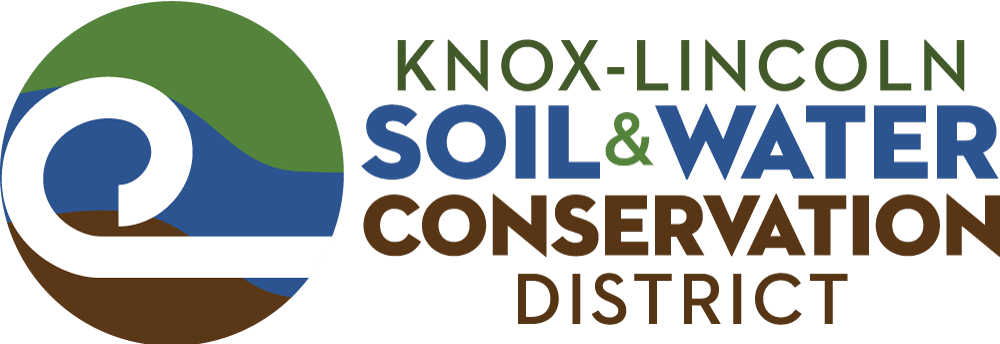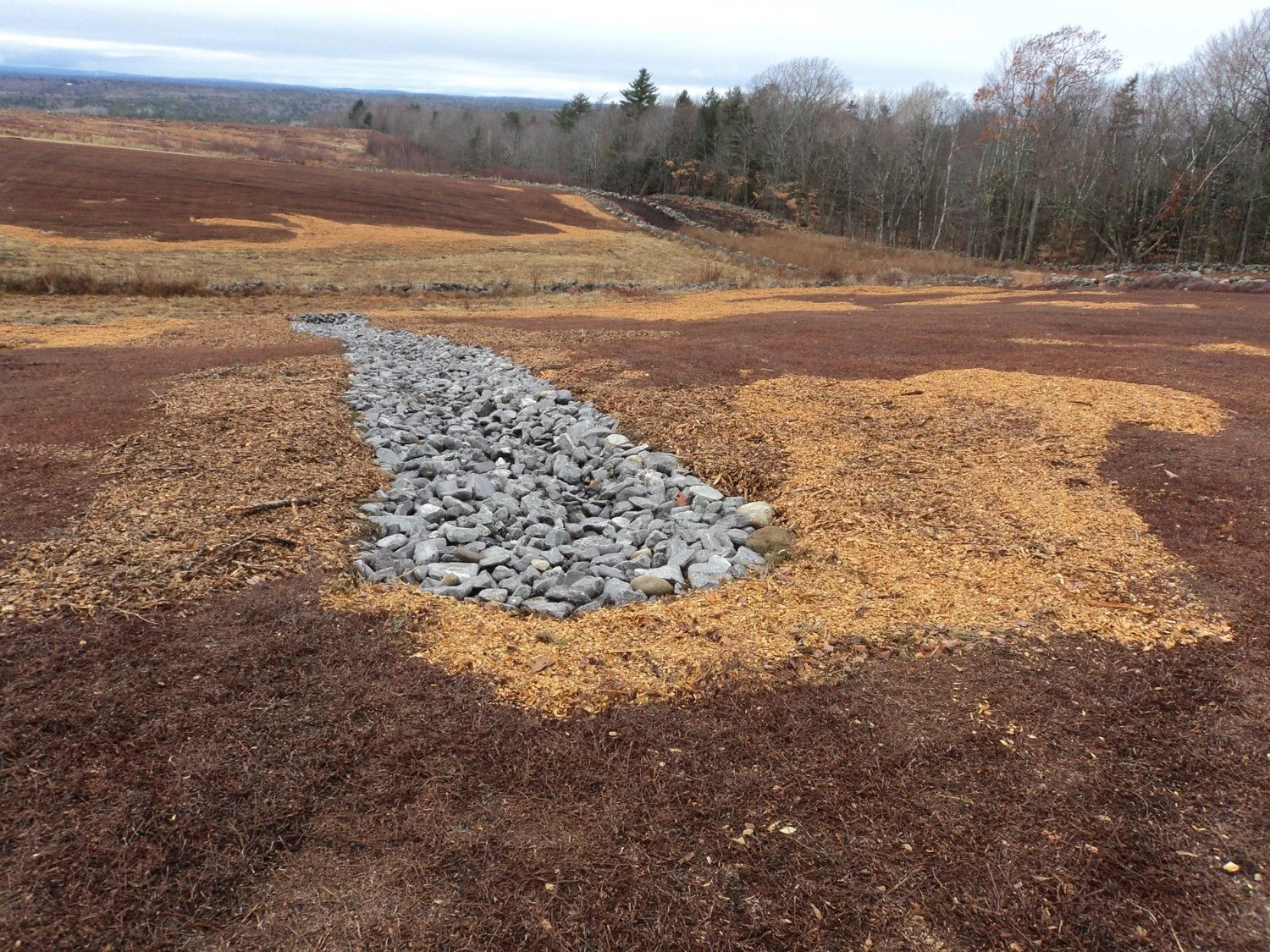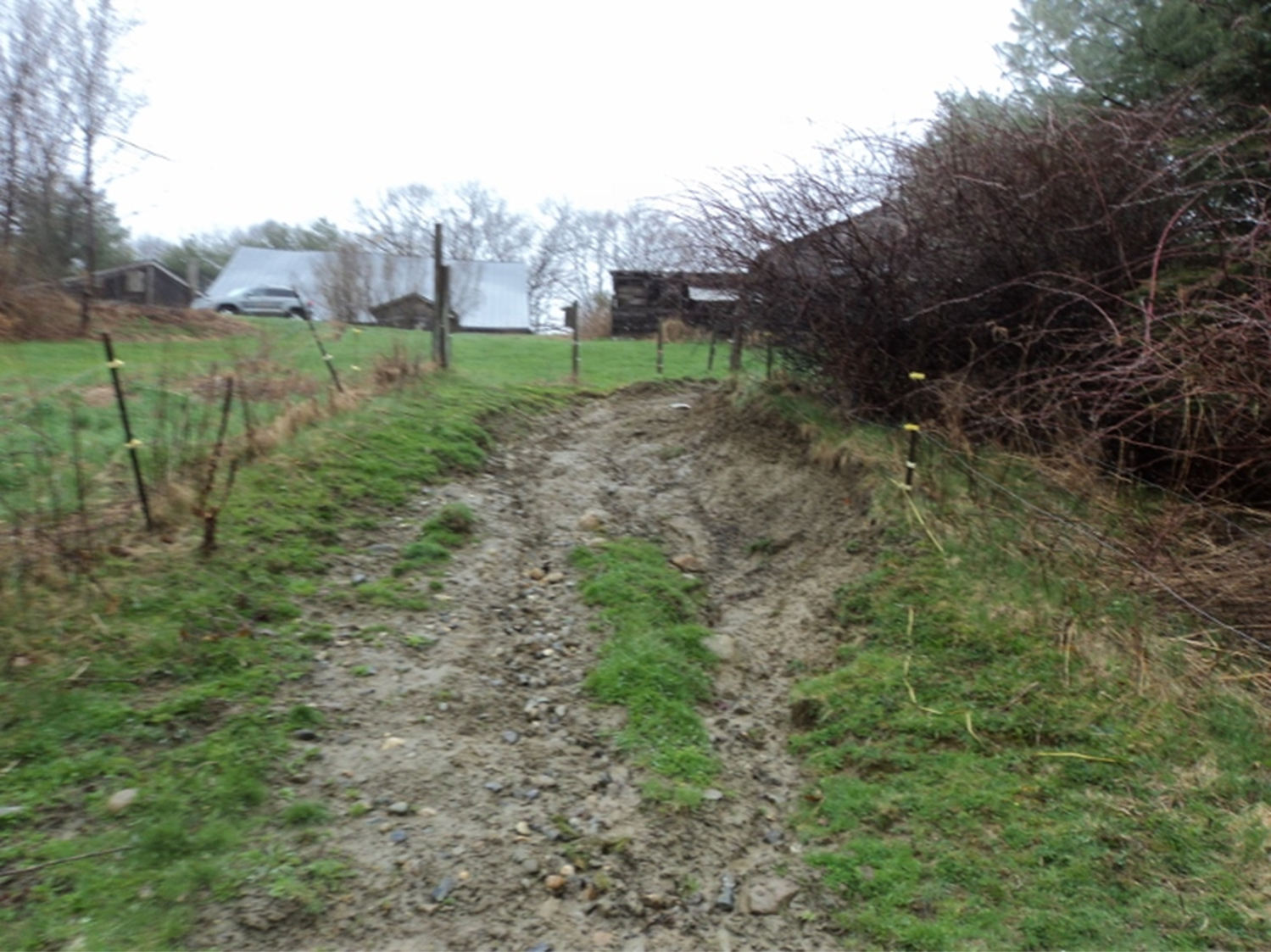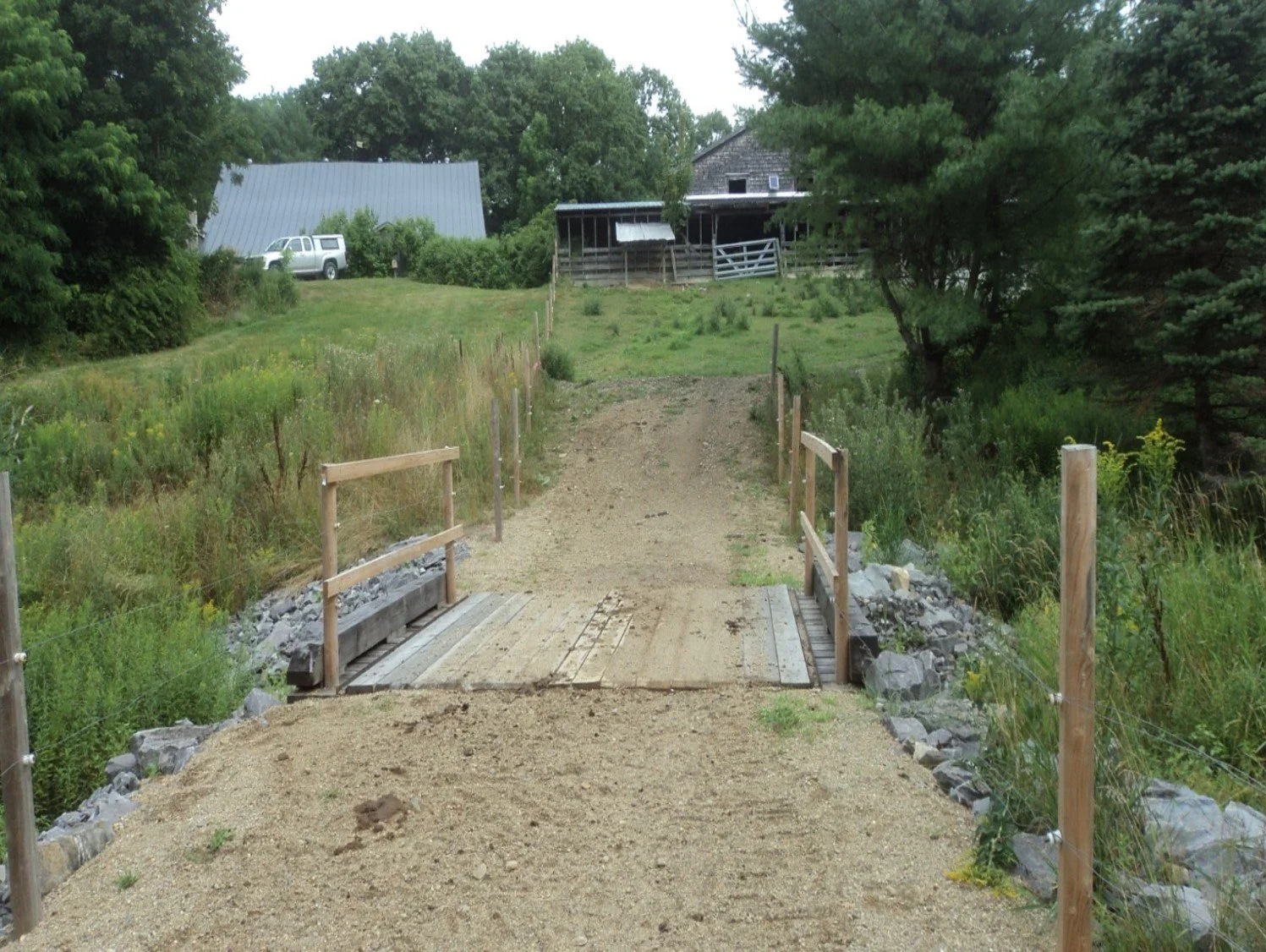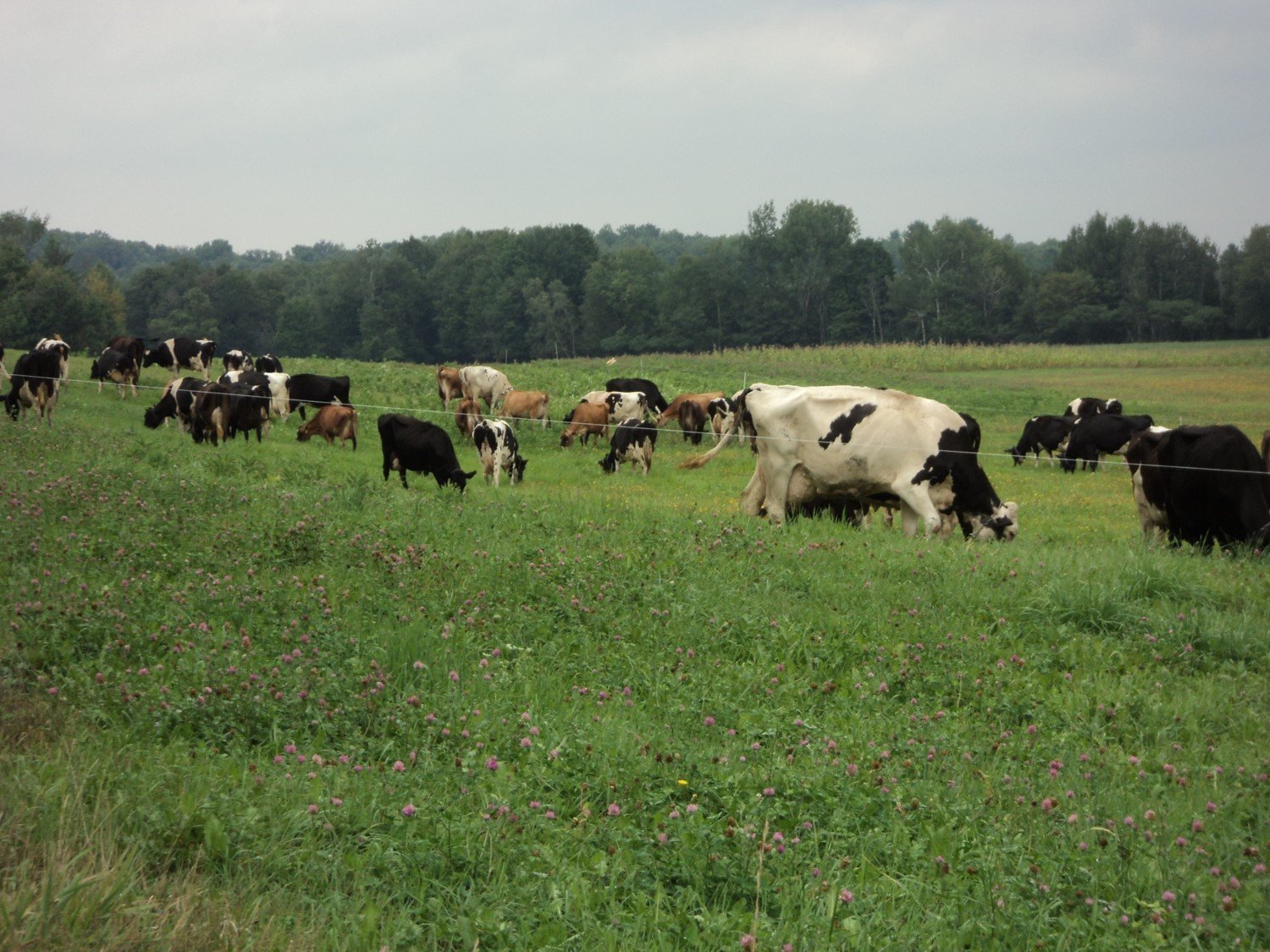
Natural Resources Conservation Service
National Water Quality Initiative
A Natural Resources Conservation Service initiative to conserve and improve water quality in the Sheepscot River and Dyer River sub-watersheds
What is the National Water Quality Initiative (NWQI)?
Through NWQI, eligible producers in the Sheepscot and Dyer River Watersheds can access cost share programs to implement conservation practices that reduce soil erosion and nutrient runoff.
As USDA NRCS’s premiere water quality initiative, National Water Quality Initiative (NWQI) provides a way to accelerate voluntary, on-farm conservation investments and focused water quality monitoring and assessment resources where they can deliver the greatest benefits for clean water in priority watersheds selected due to their impaired or threatened status. Through targeted financial and technical assistance, producers implement targeted conservation practices that reduce agriculturally derived nonpoint source pollution and meaningfully improve water quality through a watershed-scale approach.
In Maine, NWQI is funded through NRCS’s EQIP program. Interested in getting support? Contact your district conservationist.
Learn more about Natural Resources Conservation Service and other programs and initiatives offered.
Helping People Help the Land: Cover Crops
Conservation practices made possible through NWQI benefit both the producer and the larger watershed. Implementing cover crops reduces soil erosion, benefiting producers by increasing soil organic matter while protecting the water quality in priority watersheds by reducing runoff containing excess nutrients and sediments that cause stream and lake impairment (degradation).
Buckwheat cover crop. Photo Credit: NRCS-Maine
NWQI in the Sheepscot River Watershed: Protecting and restoring crucial high-quality habitat
NRCS Fiscal Year 2022 National Water Quality Initiative Eligible Area
The Sheepscot River Watershed has been selected as an NWQI priority watershed, which means producers within the designated watershed bounds (see map, right) could be eligible for NWQI funding.
The Sheepscot River is one of 8 large river systems in Maine that historically supported spawning endangered native Atlantic salmon, as well as other anadromous fish. In addition to its ecological value, the Sheepscot is an important resource for activities such as recreational fishing, boating, paddling, and swimming. Water quality varies significantly throughout the Sheepscot River Watershed, and many sections and tributaries face degradation and impairment as indicated by low dissolved oxygen levels, high nutrient levels, high sediment loads, and elevated temperatures. In 2006, several of the Sheepscot River’s tributaries, including the West Branch and Dyer River, were listed on Maine’s 303(d) list of impaired waters, meaning they did not meet EPA water quality standards for their designated classifications. Agriculture and development are the primary sources of degradation.
Over the past decade, conservation efforts within the Sheepscot River watershed have contributed to improved water quality. Despite these improvements, stewardship and continued implementation of conservation practices is necessary to maintain, improve, and restore water quality and habitat in the Sheepscot River, especially with increasing pressures from development and extreme precipitation events.
Conservation Practices Funded through NWQI
NWQI typically funds conservation practices that reduce soil erosion and nutrient runoff while protecting and improving water quality. Each producer encounters unique opportunities for implementing conservation practices specific to land use, natural resources present, and existing conservation issues. For example, one producer might make the largest impact by implementing cover crops and filter strips, while another producer might stabilize a waterway with a rock lining. NRCS can assist in identifying potential opportunities for improving conservation through NWQI.
Conservation practices funded through NWQI include, but are not limited to:
Cover crops
Structures for water control
Mulching
Vegetated buffers
Drainage water management
Manure/nutrient management
Reduced tillage
And more!
Conservation Practices in Action: Mulching and Lined Waterway
Before - Concentrated flow erosion on blueberry field
After - Lined waterway and mulching
Conservation Practices in Action: Animal Trail and Stream Crossing
Before - Concentrated flow erosion exacerbated by movement of cattle
After - Constructed animal trail and stream crossing
Conservation Practices in Action: Multi-Species Cover Crop
Photo credits: NRCS-Maine
NRCS District Conservationist Contacts
To learn more and inquire about any NRCS services and programs such as NWQI, contact your NRCS District Conservationist. Note that the Sheepscot River Watershed primarily lies within Lincoln and Waldo Counties, but areas of Kennebec and Knox Counties are also eligible for funding through NWQI in Fiscal Year 2022.
Lincoln and Kennebec Counties
Amanda Burton, District Conservationist
2305 North Belfast Ave., Augusta, ME, 04330
(207) 622-7847 ext. 3
amanda.burton@usda.gov
Knox and Waldo Counties
Peter Abello, District Conservationist
46 Little River Drive, Belfast, ME 04915
(207) 338-1964 ext. 3
peter.abello@usda.gov
